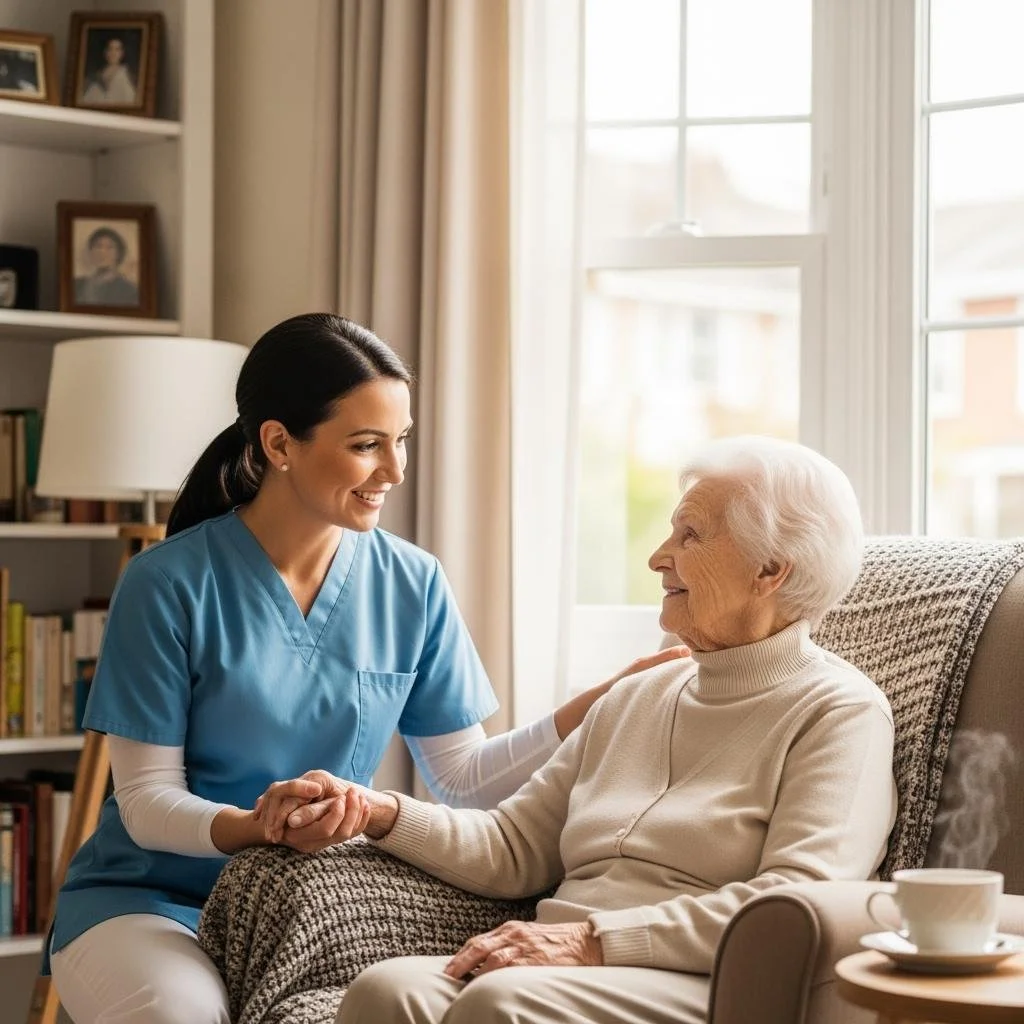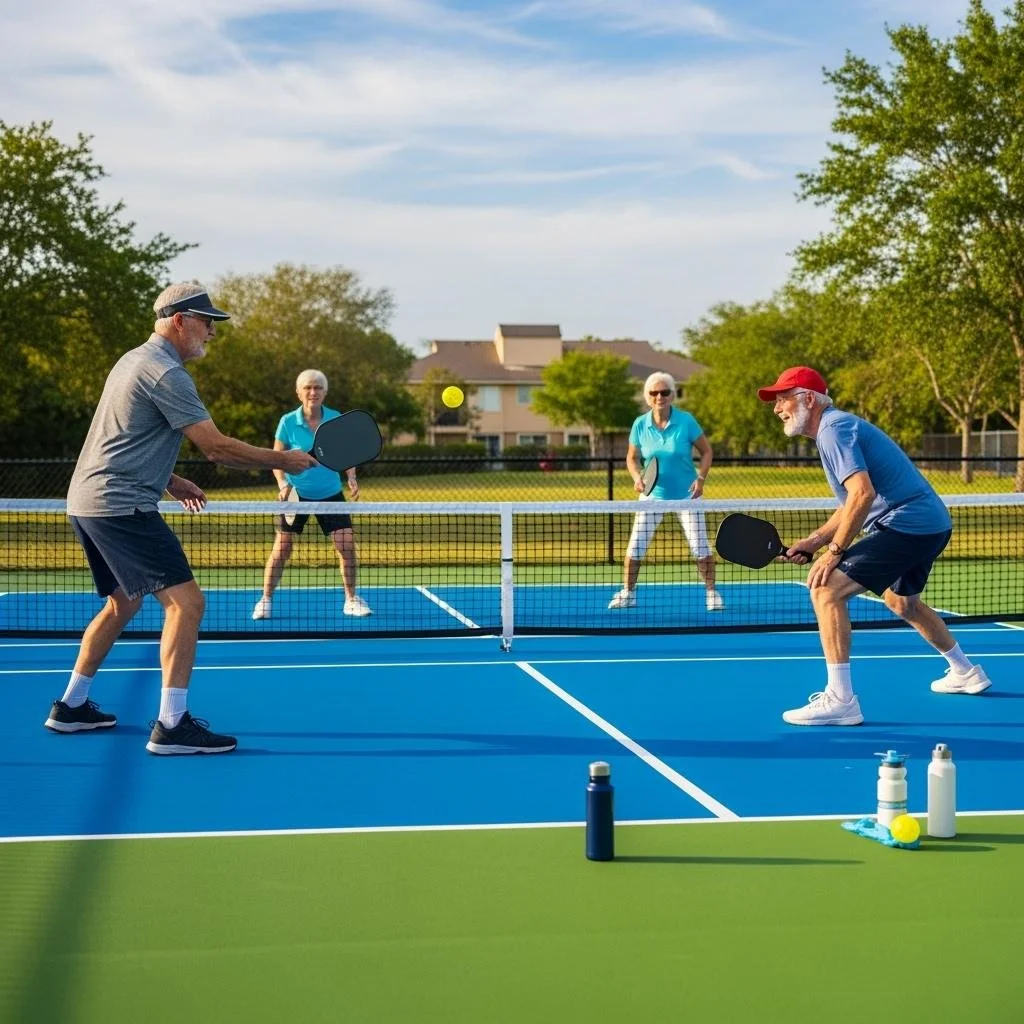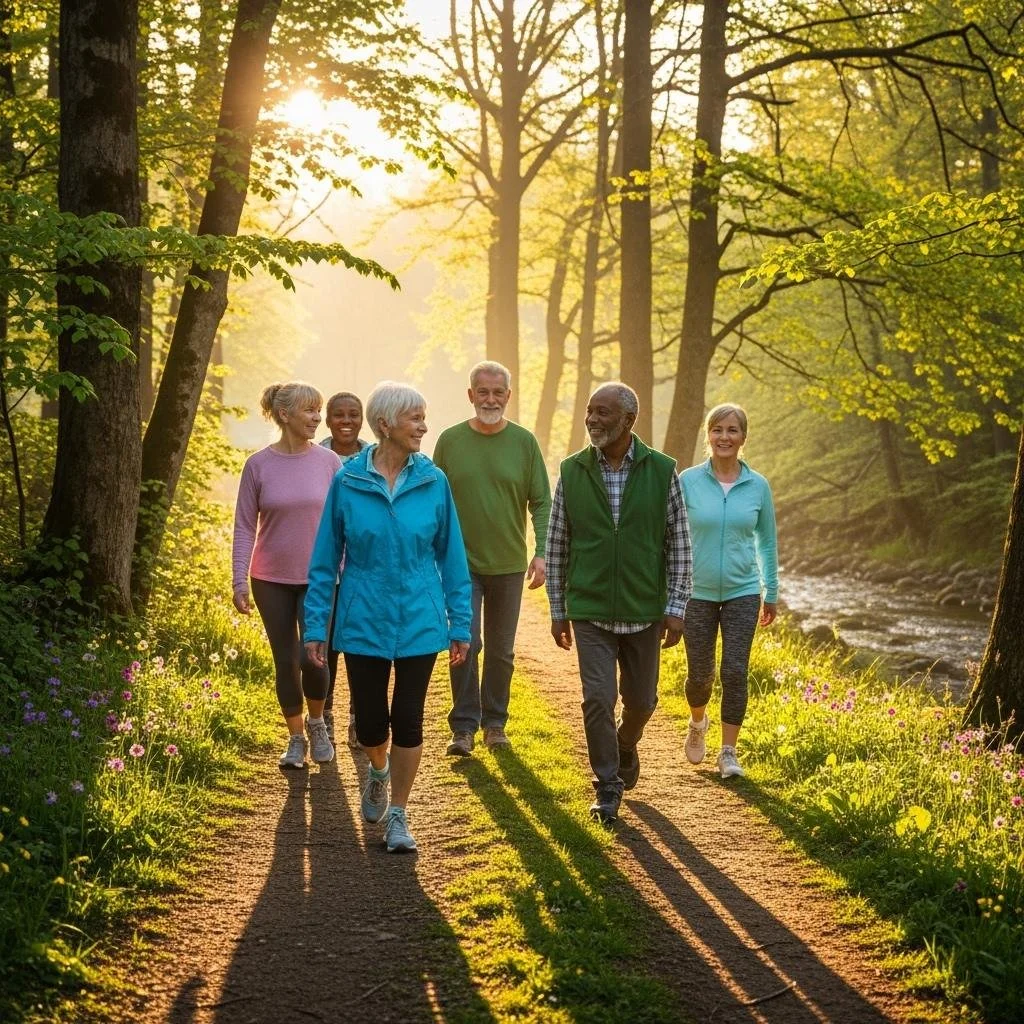How To Recognize The Warning Signs Of An Overdose
Drug overdoses are a growing public health crisis, affecting individuals and families across all walks of life. Whether the substance involved is a prescription medication, alcohol, or an illicit drug, the consequences of an overdose can be devastating—and often fatal. Recognizing the early warning signs and knowing how to respond can make the difference between life and death.
In this article, we’ll guide you through the key steps to identifying and responding to an overdose. From understanding what an overdose is, to recognizing physical and behavioural symptoms, and knowing how to act in an emergency, this comprehensive guide will equip you with the knowledge you need to help someone in crisis. We’ll also discuss the importance of professional support after an overdose and how raising awareness can save lives.
No. 1
Understand What an Overdose Is
An overdose occurs when someone consumes more of a substance than their body can safely handle. This overwhelms the body’s vital systems—especially the brain, heart, and lungs—and can lead to serious complications or death.
Key Points to Understand:
The effects of an overdose vary depending on the substance, dosage, and individual tolerance.
Opioids and sedatives can suppress breathing and heart rate.
Stimulants like cocaine or methamphetamine can dangerously elevate blood pressure and heart rate.
To learn more about how different substances affect the body, visit DrugAbuse.gov.
No. 2
Look for Physical Warning Signs
Physical symptoms are often the most immediate and visible indicators that someone is experiencing an overdose. Recognizing these signs early can help you act quickly.
Common Physical Symptoms of Overdose:
Difficulty breathing or shallow respiration
Blue or pale lips and fingertips
Vomiting or gurgling/choking sounds
Seizures or convulsions
Chest pain or irregular heartbeat
Unresponsiveness or unconsciousness
If you observe any of these symptoms, call emergency services immediately. While waiting for help, place the person in the recovery position (on their side with their airway clear) to reduce the risk of choking.
No. 3
Notice Changes in Behaviour and Awareness
Not all overdose symptoms are physical. Behavioural and cognitive changes can also signal distress, especially if the individual has taken a psychoactive substance.
Behavioural Warning Signs:
Sudden confusion or disorientation
Agitation, paranoia, or panic
Extreme drowsiness or inability to stay awake
Slurred speech or incoherence
Hallucinations or delusional thinking
For example, a cocaine overdose may cause erratic, paranoid behaviour, while a benzodiazepine overdose may lead to severe drowsiness or unconsciousness. Understanding the nature of the substance involved can help you respond more effectively. Learn more about cocaine overdose symptoms and their specific indicators.
Circles
A safe place to share
or listen anonymously.
Listen, relate and connect with others
in an audio-only setting that shows
only your first name.
No. 4
Identify Drug-Specific Signs
Each type of drug affects the body differently, and recognizing these distinctions can help you provide accurate information to emergency responders.
Drug-Specific Overdose Symptoms:
Opioids (e.g., heroin, oxycodone):
Pinpoint pupils
Cold or clammy skin
Slow or stopped breathing
Stimulants (e.g., cocaine, methamphetamine):
High body temperature
Irregular or rapid heartbeat
Excessive sweating and agitation
Depressants (e.g., alcohol, benzodiazepines):
Vomiting
Loss of coordination
Unconsciousness
Hallucinogens (e.g., LSD, psilocybin):
Panic attacks
Confusion or aggressive behaviour
Seizures
For a more detailed breakdown of drug-specific symptoms, visit Healthline’s overdose guide.
No. 5
Respond Immediately
If you suspect someone is overdosing, time is critical. Immediate action can prevent long-term damage or death.
What to Do in an Overdose Emergency:
Call emergency services right away (e.g., 911 in the U.S. or 999 in the U.K.).
Provide as much information as possible: type and amount of substance, age, and symptoms.
Stay with the person until help arrives.
Administer first aid if trained—perform CPR if they’re not breathing.
Do not give food or drink, as this may worsen the situation.
If the overdose involves opioids, administer naloxone (Narcan) if available. This life-saving medication can reverse the effects of an opioid overdose. Learn how to use it via CDC’s naloxone guide.
No. 6
Encourage Professional Support
Surviving an overdose is only the beginning. Many individuals who experience an overdose are struggling with substance use disorders and need comprehensive care.
Why Professional Help Matters:
Addresses the root causes of addiction
Provides medical detox and therapy
Offers relapse prevention strategies
Builds long-term coping skills and resilience
Encourage your loved one to seek help through a certified treatment program. Resources such as SAMHSA’s treatment locator can help you find local support.
No. 7
Raising Awareness to Save Lives
Overdoses are often preventable through education, awareness, and quick action. By learning how to identify the signs and understanding how to respond, you can play a vital role in saving lives.
Whether you’re a friend, family member, or bystander, your awareness can be the difference between tragedy and recovery. Share this knowledge, talk openly about substance use, and help reduce the stigma that prevents people from seeking help.
Takeaways
As we’ve outlined in this article, recognizing the warning signs of an overdose and knowing how to respond can be life-saving. From understanding the physical and behavioural symptoms to taking immediate action and encouraging professional help, every step counts.
Overdoses don’t discriminate—they can happen to anyone. But with the right knowledge and a calm, informed response, you can make a real difference. Stay alert, stay compassionate, and remember: your actions could save a life.
Looking for Wellness resources?
Are you looking to enhance your wellness routine? Explore our wellness partners who offer a wide range of resources to support your journey toward holistic living and well-being.































